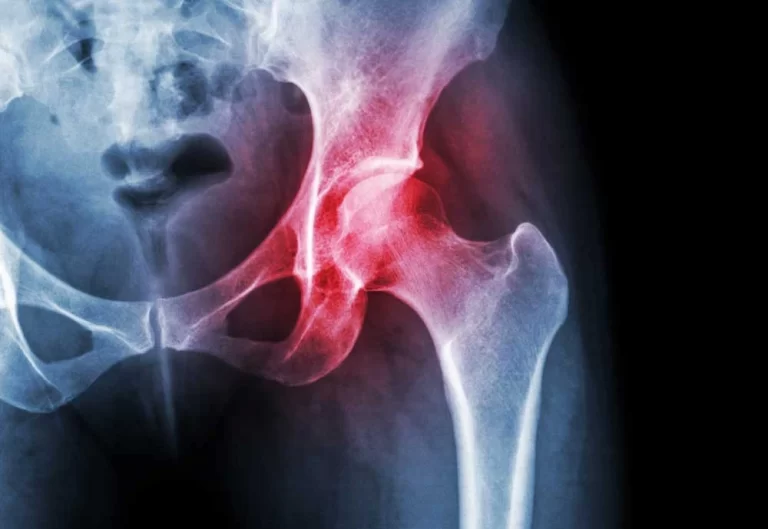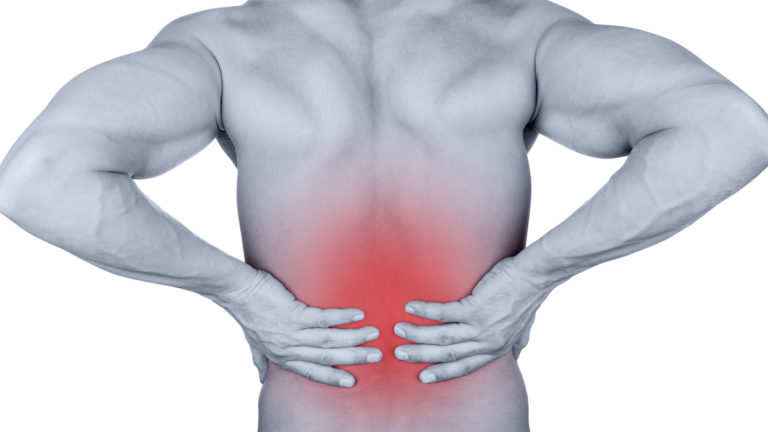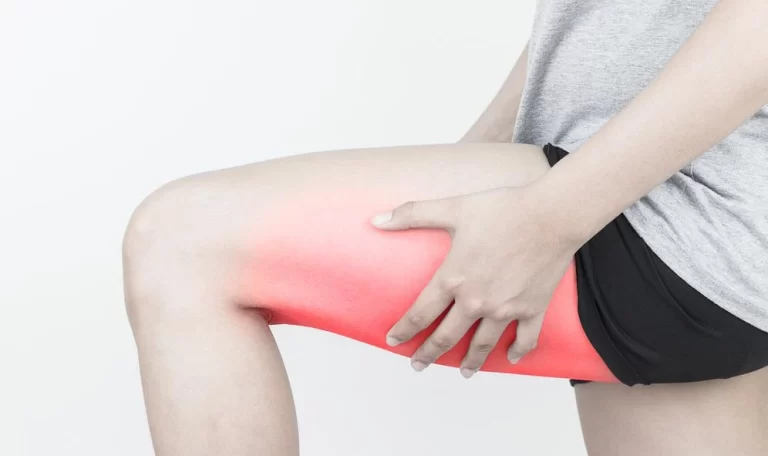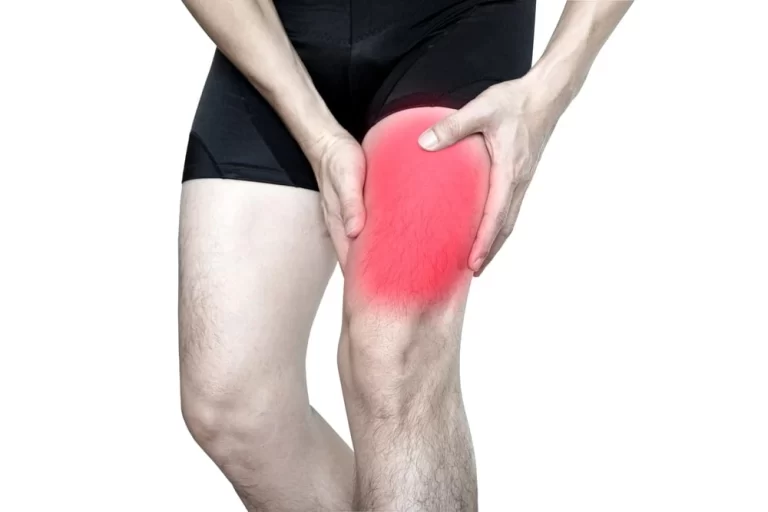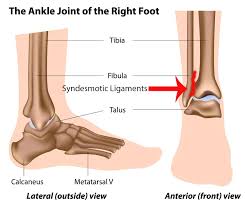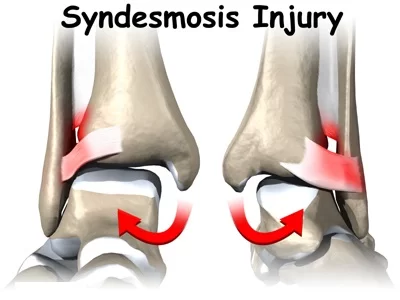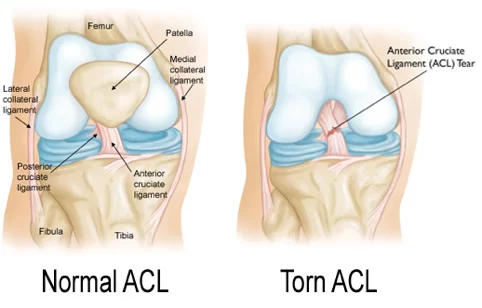Post-Traumatic Arthritis
What is Post-Traumatic Arthritis? Post-traumatic arthritis is inflammation in your joints that builds after you’ve experienced trauma. It develops fast after an injury rather than over years of wear and tears like different forms of arthritis. It’s generally a temporary problem, and many patients recover in a few months. Occasionally, post-traumatic arthritis lasts longer and…

